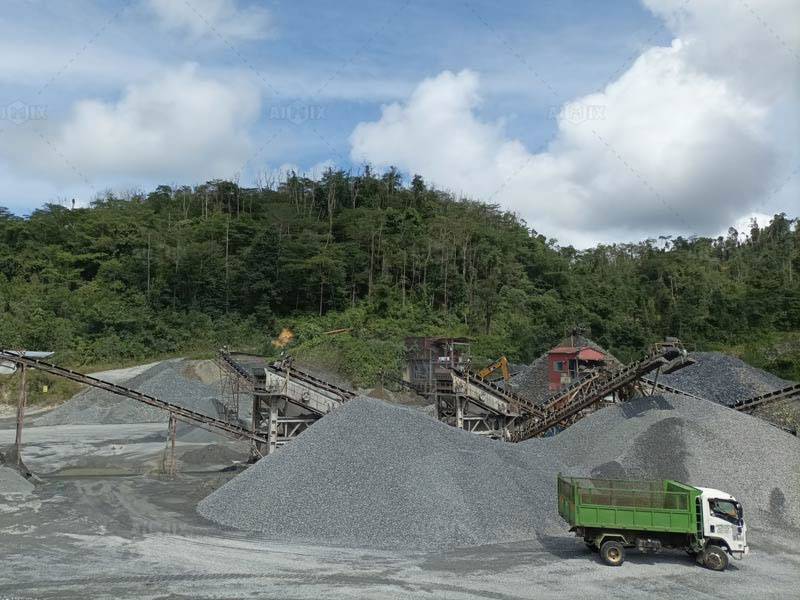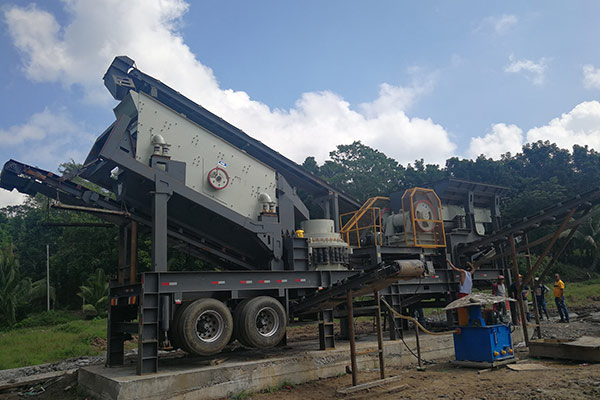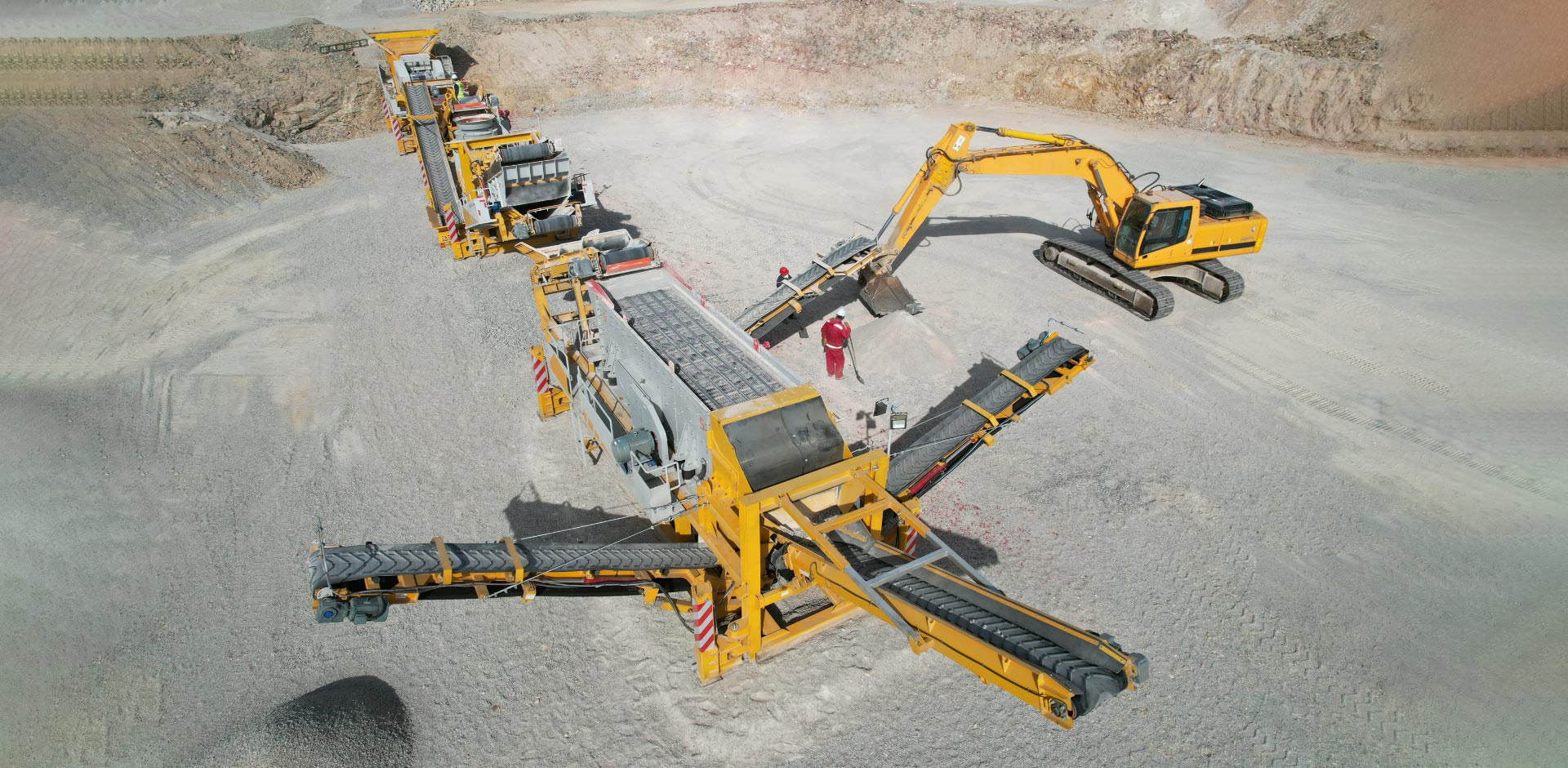In the realm of construction and infrastructure development, designing a reliable stone crusher plant is crucial for ensuring efficiency and productivity. A well-designed plant not only enhances output but also minimizes downtime and operational costs. This article explores effective strategies for designing stone crusher plants that deliver consistent performance and meet project requirements.
Understanding Stone Crusher Plants
Stone crusher plants are facilities where large stones are crushed into smaller fragments to be used in various construction applications. These plants typically utilize different types of crushers to achieve the desired size and shape of aggregates required for specific projects.
Key Components of Stone Crusher Plants
- Primary Crusher: The primary crusher in a stone crusher plant(planta de trituradora piedra) is responsible for initial crushing operations. Common types include jaw crushers and gyratory crushers.
- Secondary Crushers: Secondary crushers further refine the crushed stones into smaller sizes. Examples include cone crushers and impact crushers.
- Screening Equipment: Screens are used to separate the crushed stones into different sizes based on the project’s requirements.
- Conveyor Systems: Conveyor belts transport the crushed stones from one process to another within the plant, ensuring continuous operation.
- Control Systems: Modern stone crusher plants incorporate advanced control systems to monitor and optimize the crushing process, enhancing efficiency and reducing human error.

Strategies for Designing Reliable Stone Crusher Plants
Designing a stone crusher plant involves several considerations to ensure it meets the production goals and operational requirements effectively.
1. Site Assessment and Layout Planning
Conduct a thorough site assessment to understand geological conditions, accessibility, and space constraints. Plan the layout of the plant(plantas chancadora de piedra Perú) to optimize workflow and ensure efficient material handling.
2. Selection of Crushers and Equipment
Choose crushers and equipment based on the type of stones to be processed, required output sizes, and production capacity. Ensure that the selected crushers are robust and suitable for the specific application.
3. Integration of Automation and Control
Integrate advanced automation and control systems to monitor and regulate the crushing process. Automation reduces manual intervention, improves consistency in product quality, and enhances overall plant efficiency.
4. Consideration of Environmental Impact
Design stone crusher plants with environmental considerations in mind. Implement measures to minimize dust emissions, noise levels, and other environmental impacts associated with crushing operations.
5. Maintenance and Service Accessibility
Ensure easy access to key components for maintenance and servicing. Design the plant layout to facilitate quick repairs and replacements of parts, minimizing downtime and optimizing operational uptime.
Learn More: https://aimixgrupo.com/trituradoras-de-piedra-en-venta/

Benefits of Well-Designed Stone Crusher Plants
A well-designed stone crusher plant from AIMIX Group offers numerous benefits to construction projects:
- Increased Efficiency: Optimal design enhances productivity and reduces operating costs.
- Consistent Quality: Ensures uniformity in crushed stone output, meeting project specifications.
- Improved Safety: Incorporates safety features and ergonomic design for operators.
- Sustainable Operations: Minimizes environmental impact through efficient resource utilization.
- Adaptability: Allows for future expansion and modification as project needs evolve.
Conclusion
Designing a reliable stone crusher plant involves careful planning, selection of appropriate equipment, and integration of advanced technologies. By implementing effective design strategies, construction companies can optimize production, ensure consistent quality, and achieve cost-effective operations. Investing in a well-designed stone crusher plant is essential for maximizing project success, enhancing efficiency, and maintaining competitive edge in the construction industry.
“`
